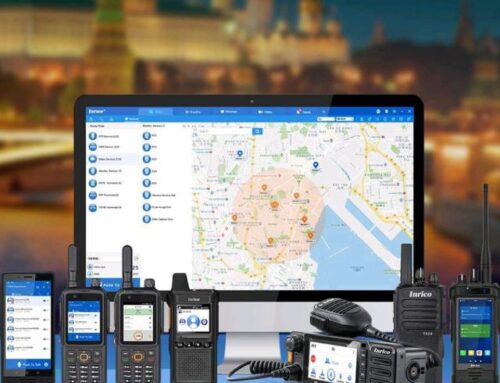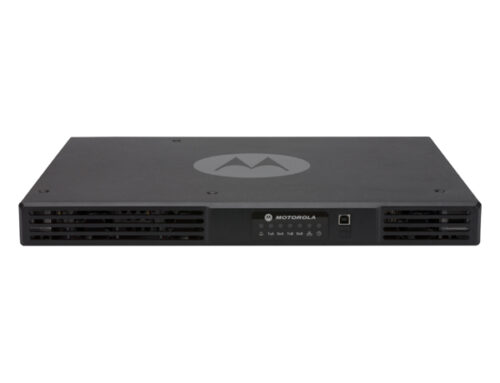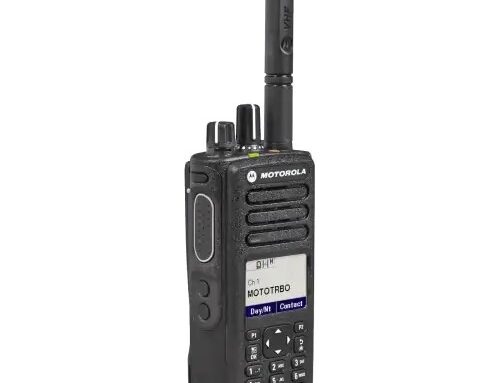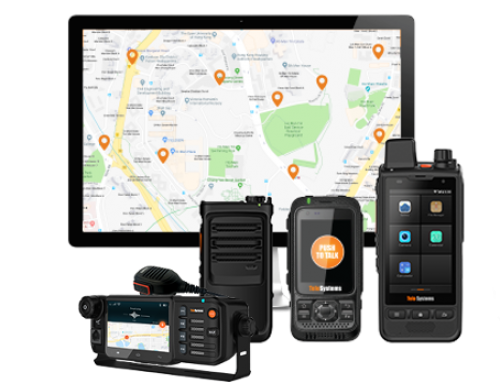In an increasingly interconnected world, businesses are constantly seeking innovative ways to enhance communication and data transfer. Enter point-to-point and point-to-multipoint connections, two pivotal strategies that shape the foundation of efficient networking. While both approaches serve unique purposes, understanding their differences and benefits is crucial for companies striving to achieve seamless connectivity.
Point-to-point (P2P) and point-to-multi points (P2MP) connections are terms commonly used in the field of networking to describe different types of communication architectures.
In a P2P communication architecture, there are two distinct endpoints, typically a sender and a receiver. It refers to a direct communication link between these two specific points. The connection is exclusive and dedicated, meaning that data can flow directly from one endpoint to the other without any intermediate stops or sharing with other devices. An example of a P2P connection is a traditional telephone call, where there is a direct line between two individuals, allowing them to communicate without involving any other parties.
P2P wireless connections have several applications: They are commonly used to provide broadband internet connectivity in areas where wired infrastructure is impossible or costly to deploy. And in scenarios where running cables between buildings is impractical or expensive, P2P wireless connections can be employed to establish high-speed data links between different buildings.
Also, P2P wireless connections are perfect for establishing high-capacity links between mobile network base stations and the core network. This enables the backhaul of cellular data, voice traffic, and other communication services, facilitating wireless connectivity in both urban and remote areas. Moreover, they are employed in video surveillance systems to transmit video feeds from remote cameras to control centers or recording devices. This enables surveillance in areas where running cables is unfeasible or expensive.
In contrast, a P2MP communication architecture involves one sender and multiple receivers. In this setup, the sender can transmit data to multiple endpoints simultaneously, and each receiver can receive information independently from the others. P2MP communication is often used in broadcasting scenarios, such as television or radio broadcasting, where a single source transmits content to multiple devices or users. It is also commonly utilized in wireless networks, where a base station communicates with multiple wireless devices.
The use of a P2MP network can have various applications: P2MP networks can be used to provide wireless broadband services to multiple users in a particular area. This is commonly seen in rural or remote areas where deploying individual connections to each user is not feasible. They can, as well, offer cost-effective last mile connectivity to deliver internet access to homes and businesses. they allow a service provider to establish a single base station that serves multiple end users within its coverage area.
Another application for P2MP networks is for video surveillance and security applications. A single base station can connect multiple surveillance cameras, enabling real-time monitoring and security management. Moreover, they can be employed for outdoor wireless networking in environments such as parks, campuses, or public places. They can provide connectivity to a large number of users or devices within the coverage area of the base station.
Then what is the best application for your business?
The choice between a P2P network and a P2MP network depends on the specific requirements and objectives of the business. However, the following features may guide you through your decision:
Point-to-point connection features are:
- Enhanced security: Communication is limited to the intended endpoints, reducing the risk of unauthorized access or data breaches.
- Dedicated bandwidth: The full bandwidth is available for communication between the two endpoints, ensuring reliable and consistent connections.
- Low latency: P2P networks typically have low latency, making them suitable for real-time applications.
Whereas, some of point-to-multi-points connection features are:
- Cost-effective: Shared infrastructure reduces equipment and maintenance costs compared to multiple P2P connections.
- Efficient use of resources: P2MP networks optimize bandwidth usage, reducing congestion and optimizing network performance.
- Scalability: Adding new devices or locations to the network is relatively easier and economical.
In the light of this, you need to consider the following factors when deciding:
- Communication Requirements: If your business needs dedicated and secure communication between specific locations or devices, a P2P network may be a better fit. On the other hand, if you require efficient communication with multiple endpoints simultaneously, a P2MP network can be advantageous.
- Budget and Cost: P2MP networks are generally more cost-effective due to shared resources. If budget constraints are a concern, a P2MP network might be suitable.
- Scalability and Flexibility: If your business anticipates the need to add more endpoints or locations in the future, a P2MP network offers scalability advantages.
Ultimately, the best choice depends on your business’s unique requirements and priorities, it may be beneficial to consult with a network specialist or IT team to evaluate your specific needs and determine the most suitable option; and what better consultant than Abdulrahman Al Shareef group of companies (AAG)?
AAG prides itself in working in the field of wireless connection for many years, taking long-term partnership with leader companies of the sector such as Cambium Networks, Proxim, Infinite, Qualcomm, Verizon, Arista Networks, and Microtech.
Based on what we provided earlier about the features and differences between point-to-point and point-to-multi-points connection, if you are hesitant to choose one over the other, or you still have some questions in mind, or even if you are interested in implementing one for your business, AAG is the one to go for!


























